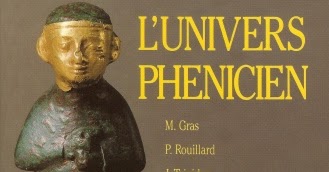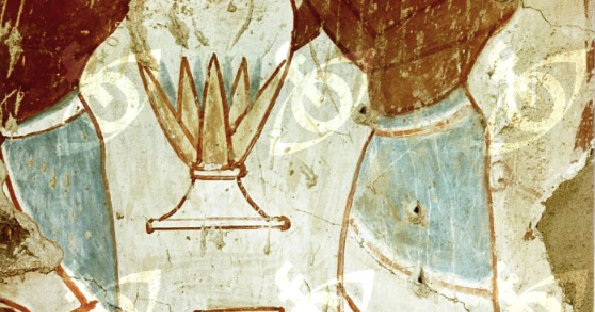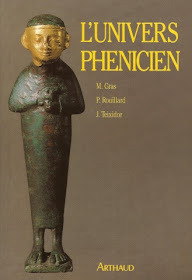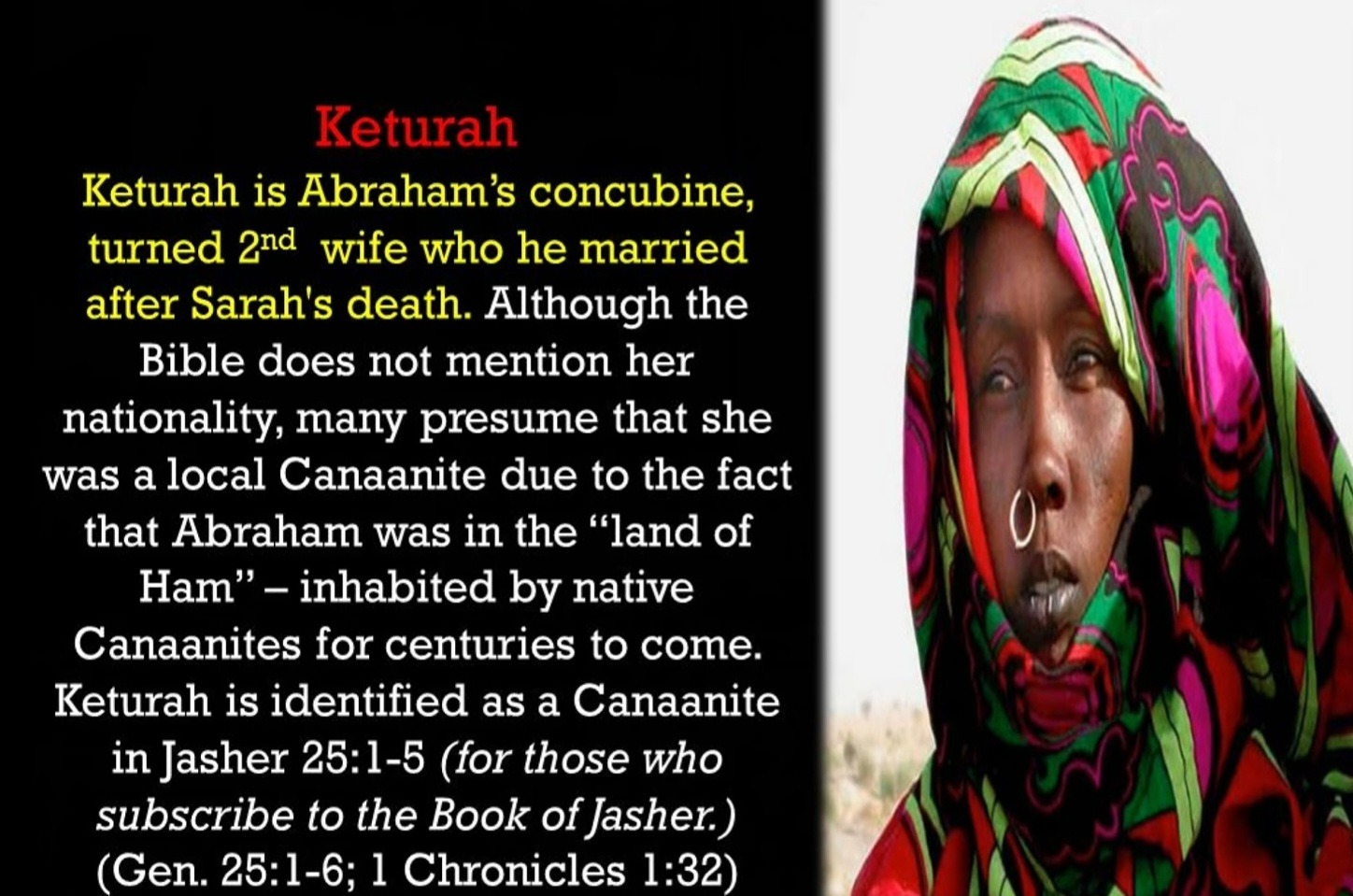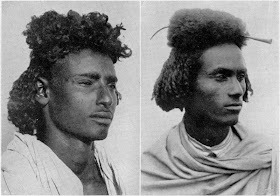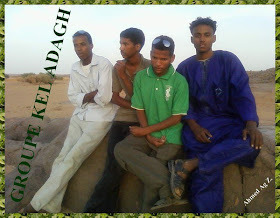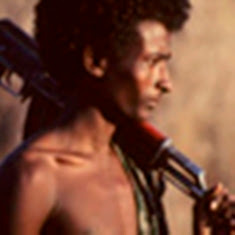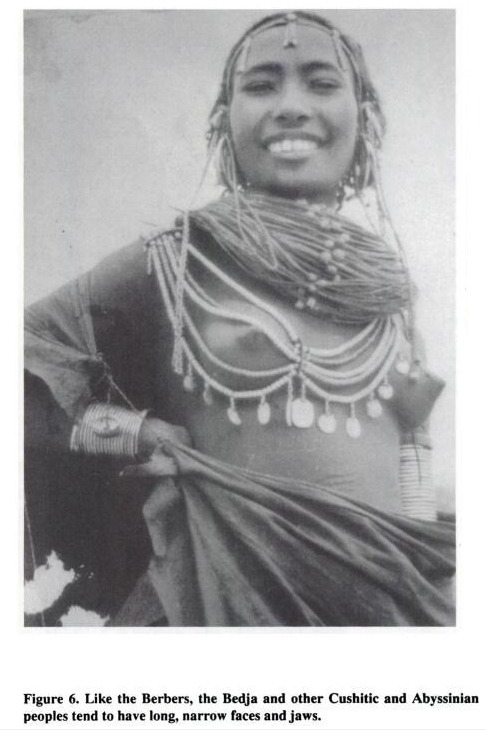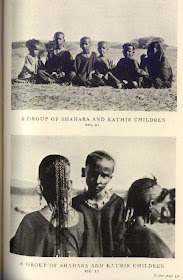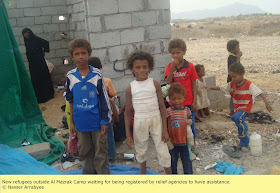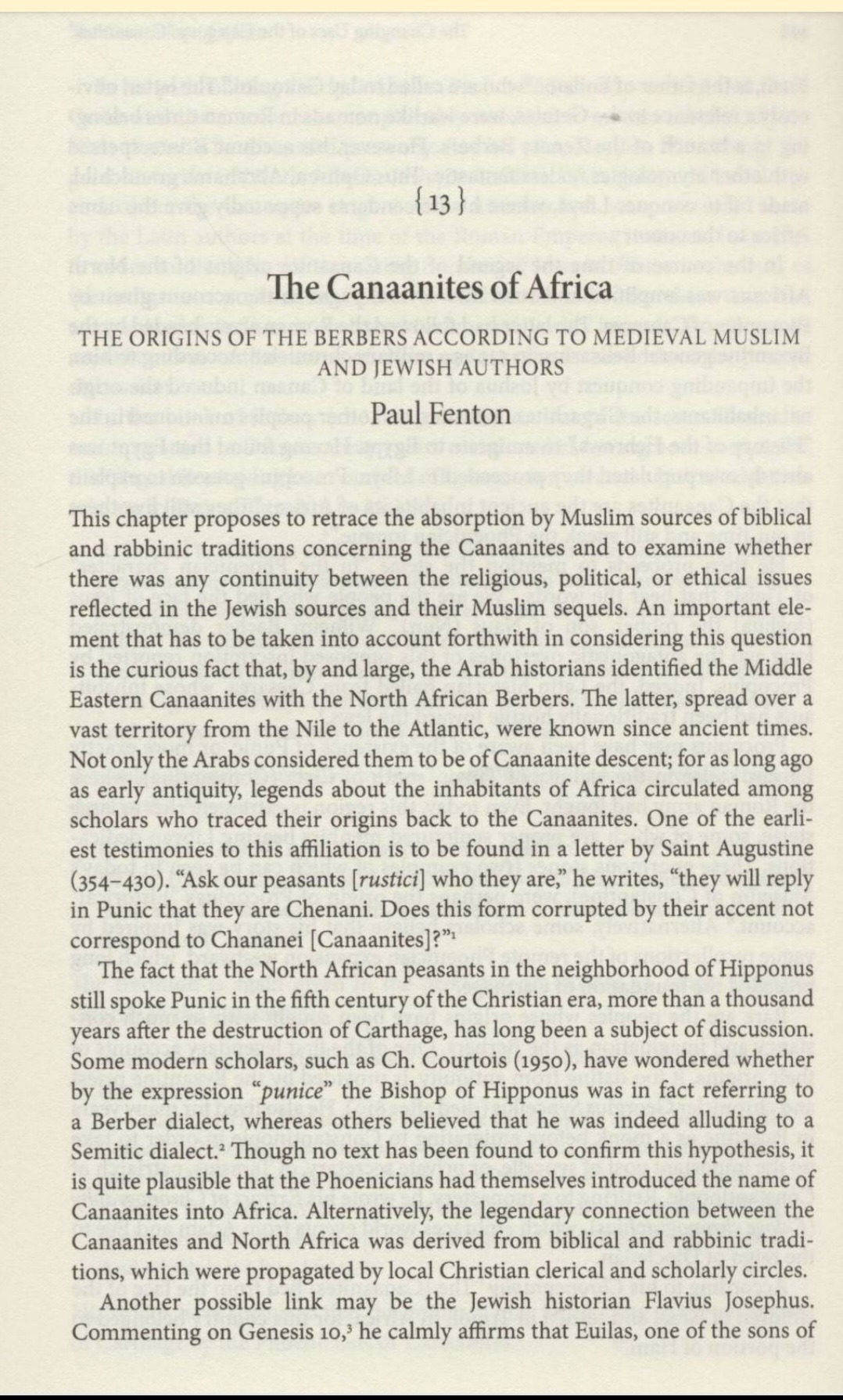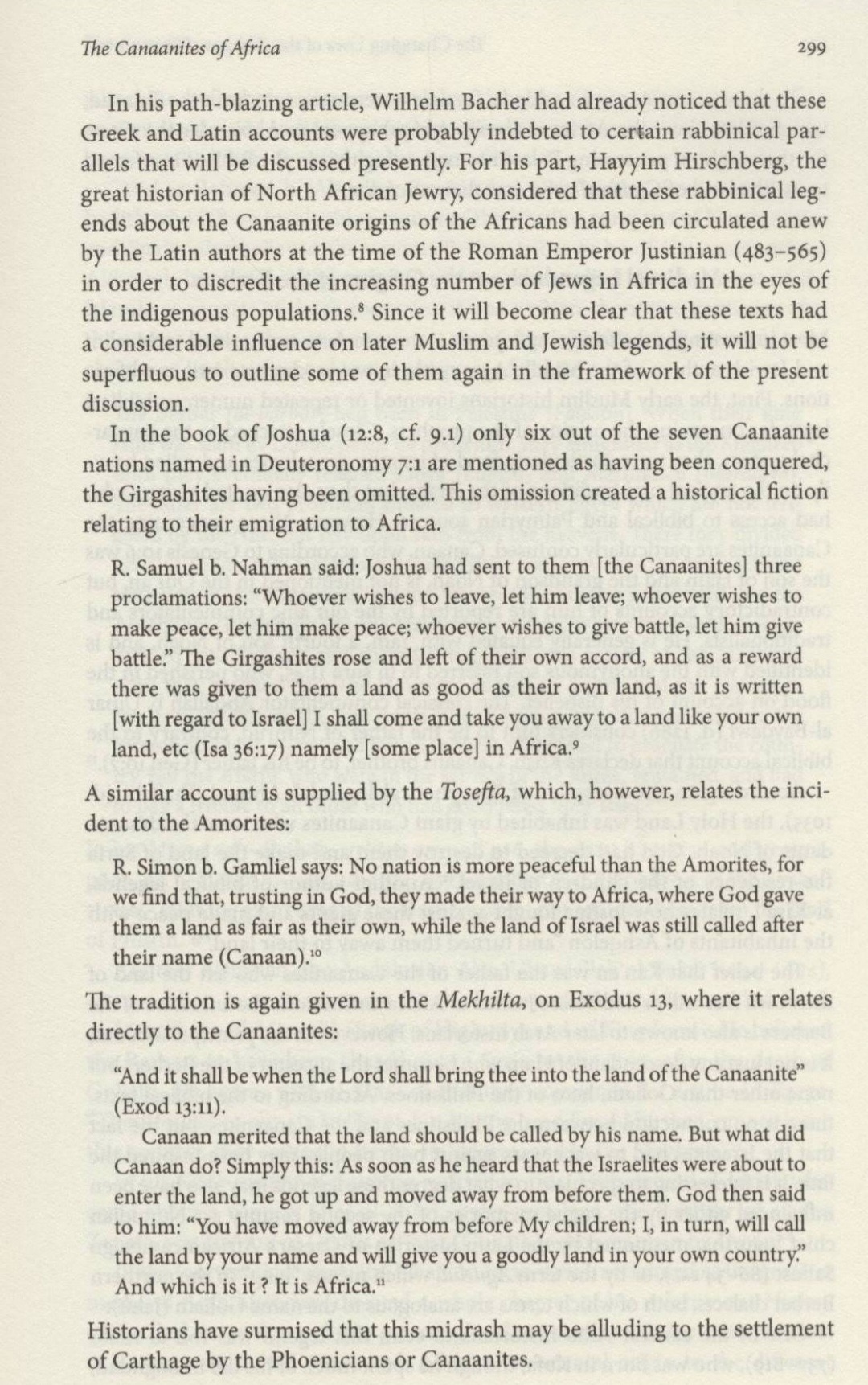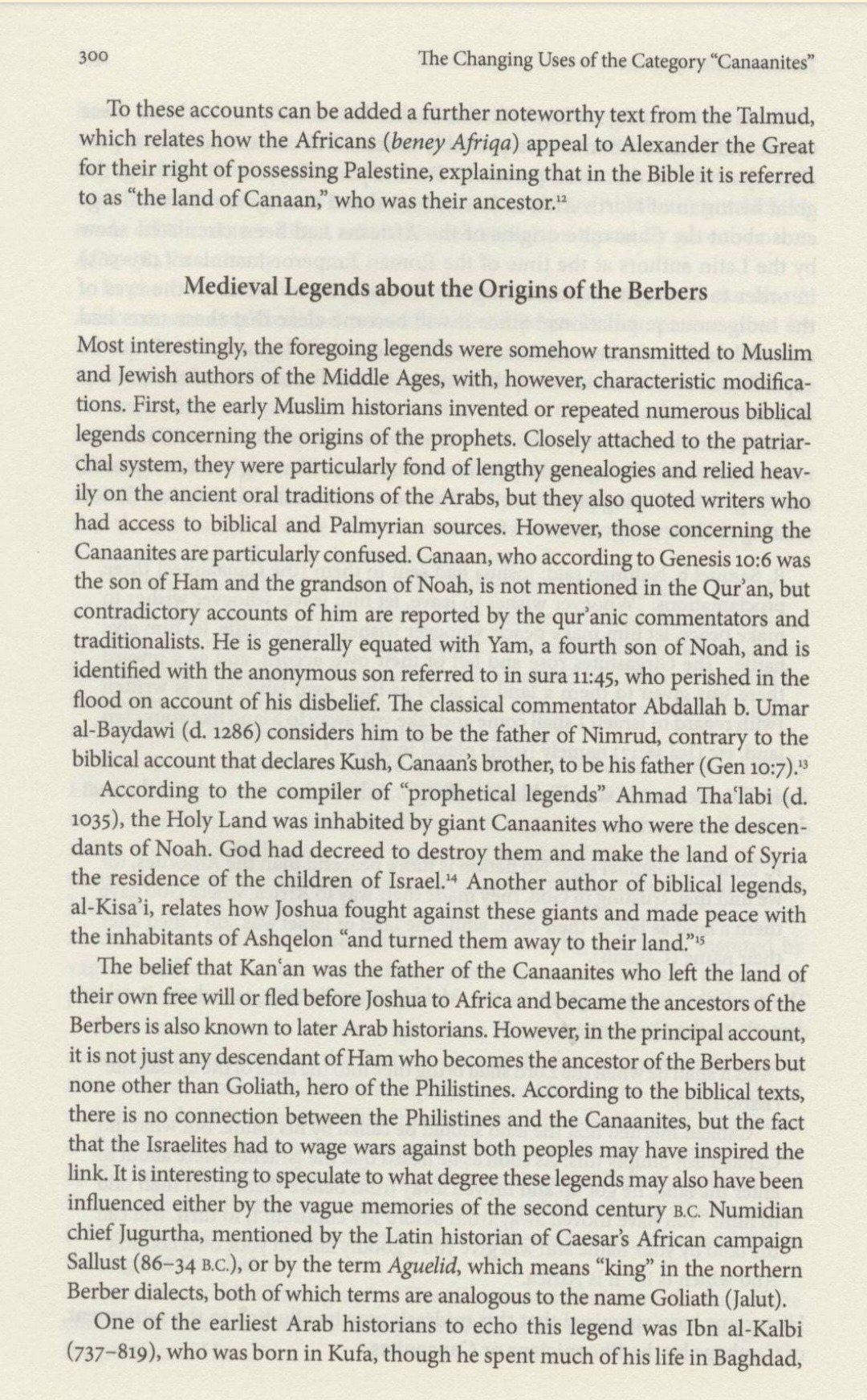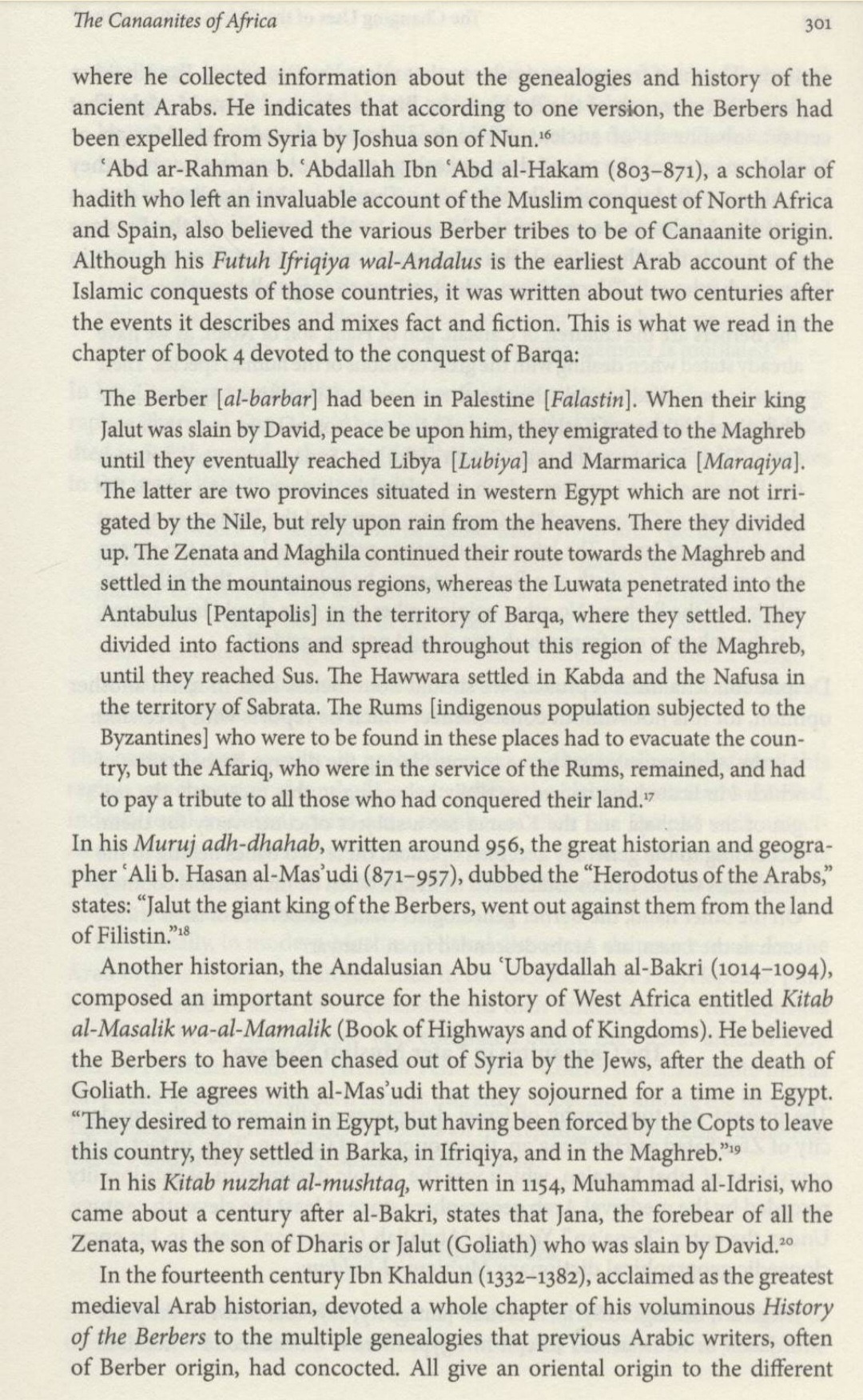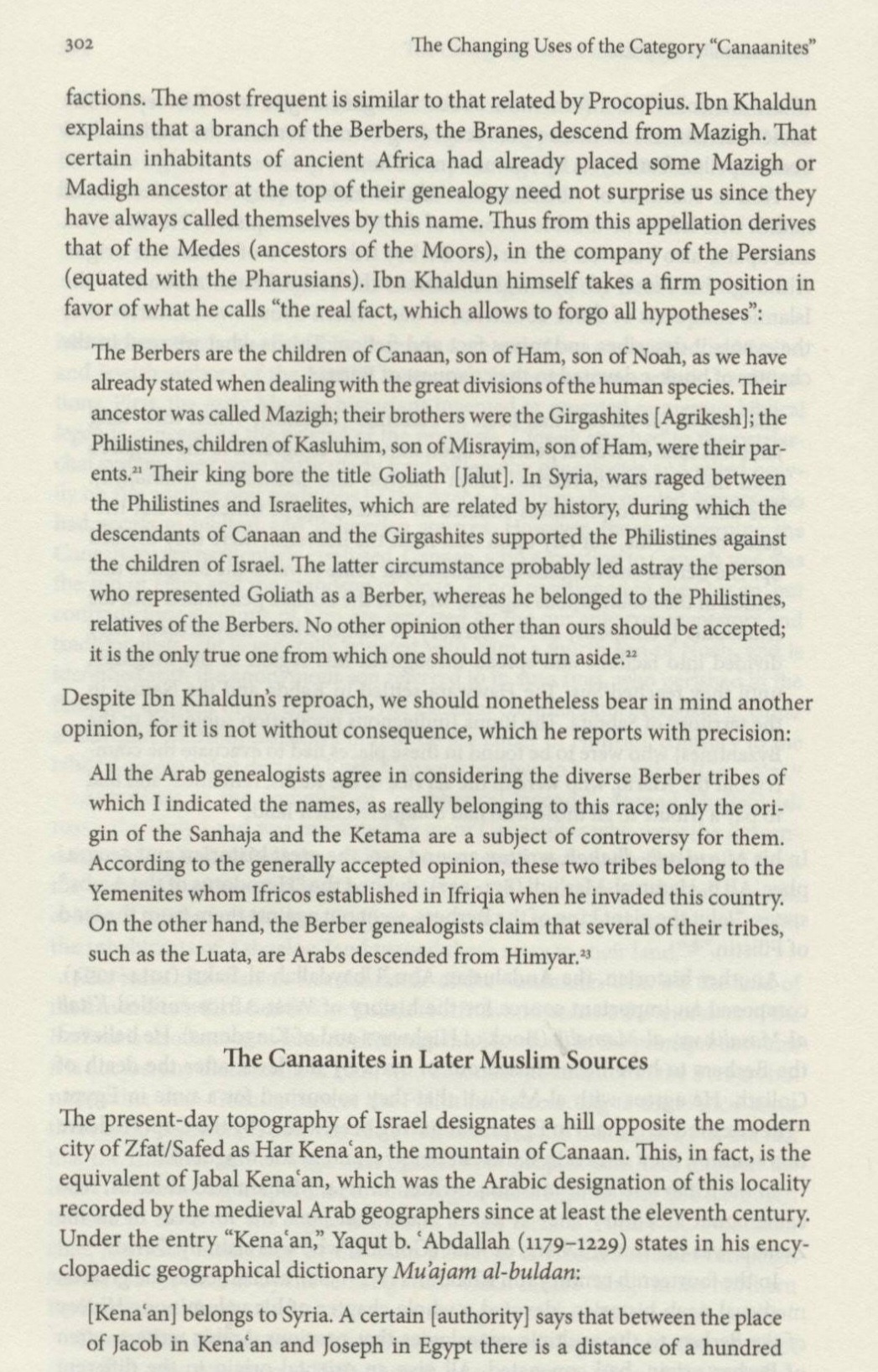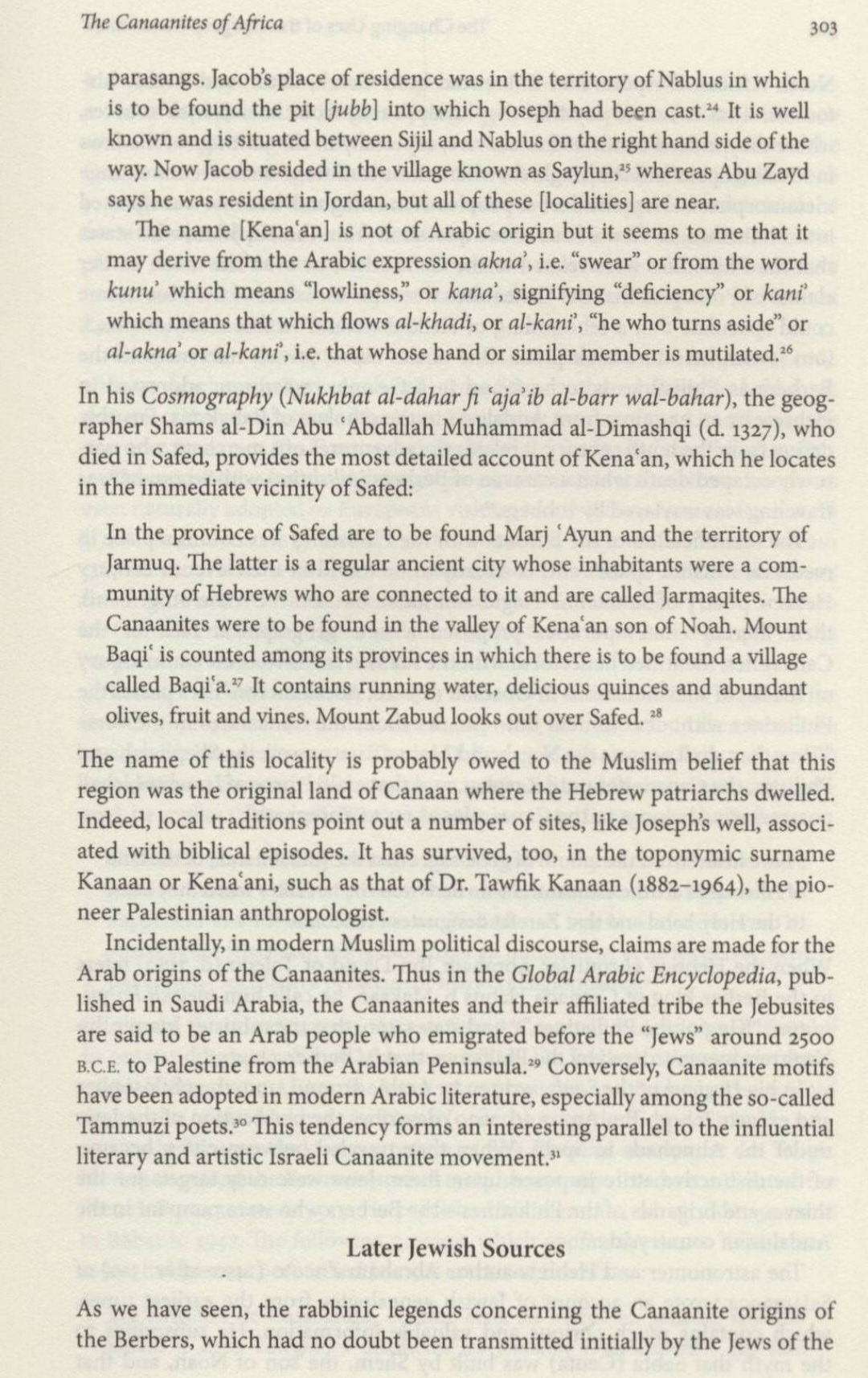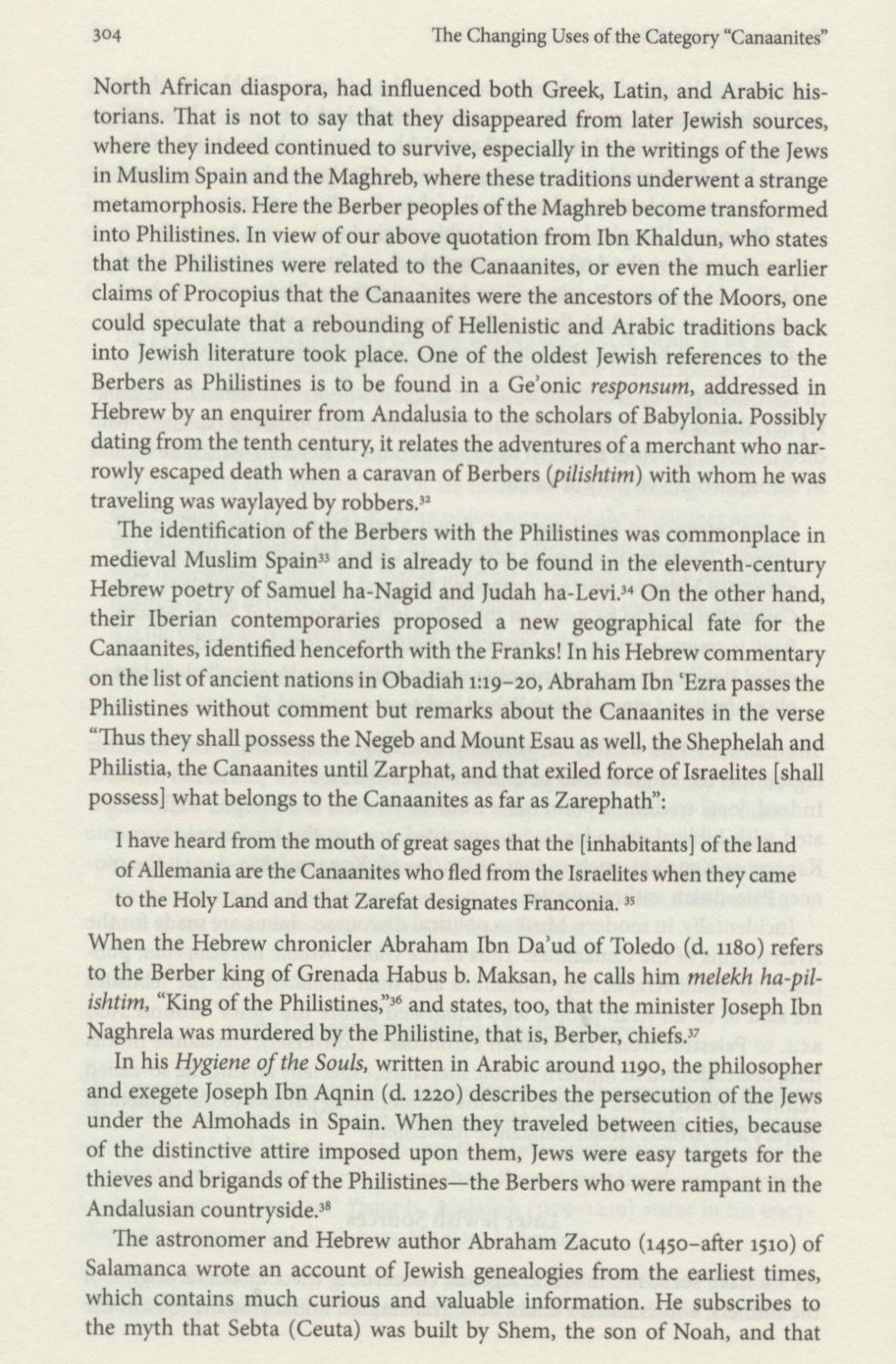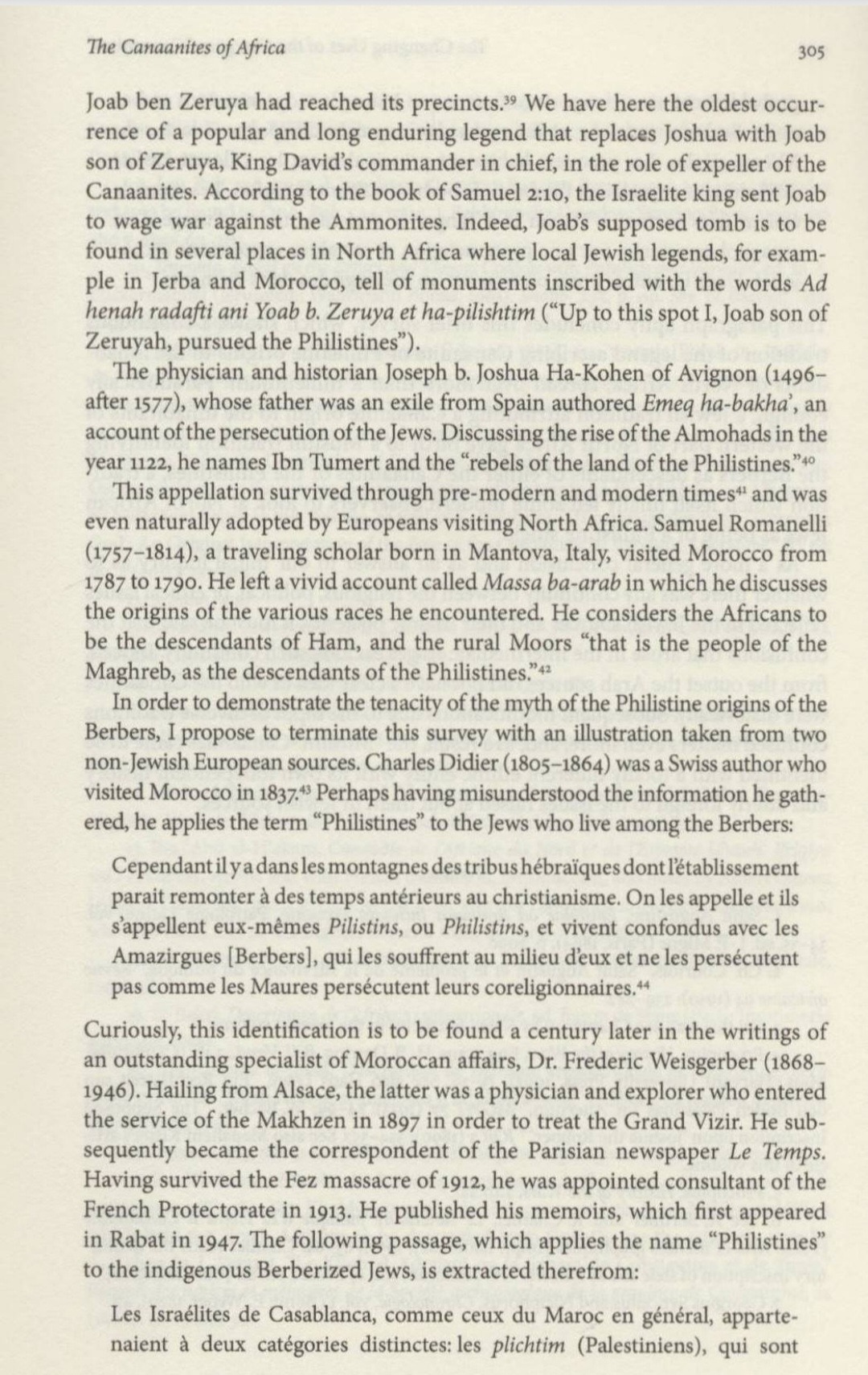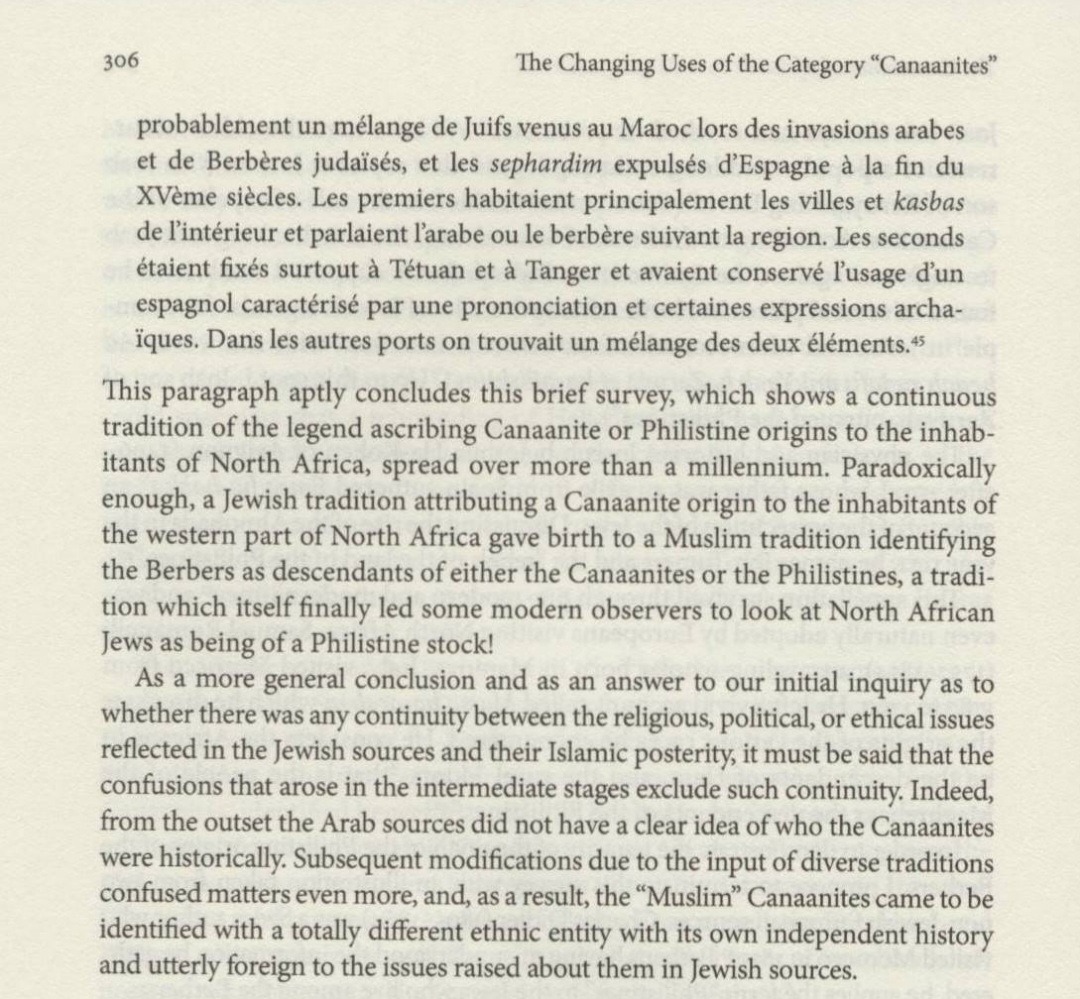Canaanite Hebrews or “Berbers” in Africa
Esoteric tradition holds that the first five books of the Bible or Pentateuch are historical but steeped in allegory that is astronomically and metaphysically-related explaining the emergence of many of the elements of civilization, including agriculture, navigation, and metallurgy on one level, and on another, the evolution of the individual soul from animal to spiritual man. In order to understand the deep significance of these stories it is useful to understand the origins of the people who were mentioned in these books.
Kamal Salibi suggested in his highly controversial The Bible Came from Arabia that not only were most of the village names and places noted in the Bible located west and Southwest Arabia, but he asserts at the very beginning of the book of Genesis the word Tehama or "Tehom" a name for a region of Arabia translated as "the deep" is mentioned.
Black husbandmen or "peoples of Shem" entered Egypt, the fertile crescent, Syria and the Aegean ages ago from Arabia after various inundations and cataclysms in their own homelands.
Arabia was considered Ethiopia by the Greeks. From the historical records we know ancient Arabians who moved north into Syria bore tribal names similar to the ones they possess today such as Solymi/Soleymi, Mushki /Mashikh (Meshech), Melukha/Amlek, Sabaai, Masa'ai/Masha'i (Massa), Chalybi/Kuleyb, Hudayd (Hittites), Duma'at/Thamudi (Dumah), Kashtu/Khasid (Khasdim), Hori/Hur, Philistiu, Cana'ani/Kinahniyya, Qos/Qays, Mushri/Musruh (Misra), Rabbeans/Rabi'a, Hapiru/Afyriyya and Ammuru/Amurrat - the Greeks and Egyptians later called many of them "Phoenicians", Keftiu and Danaans/Adanan after certain peoples from near the region of Aden and the Eritrean Sea. Most were named after their Gods and named their towns and villages after their Arabian homelands in the places they settled to the north, east and west.
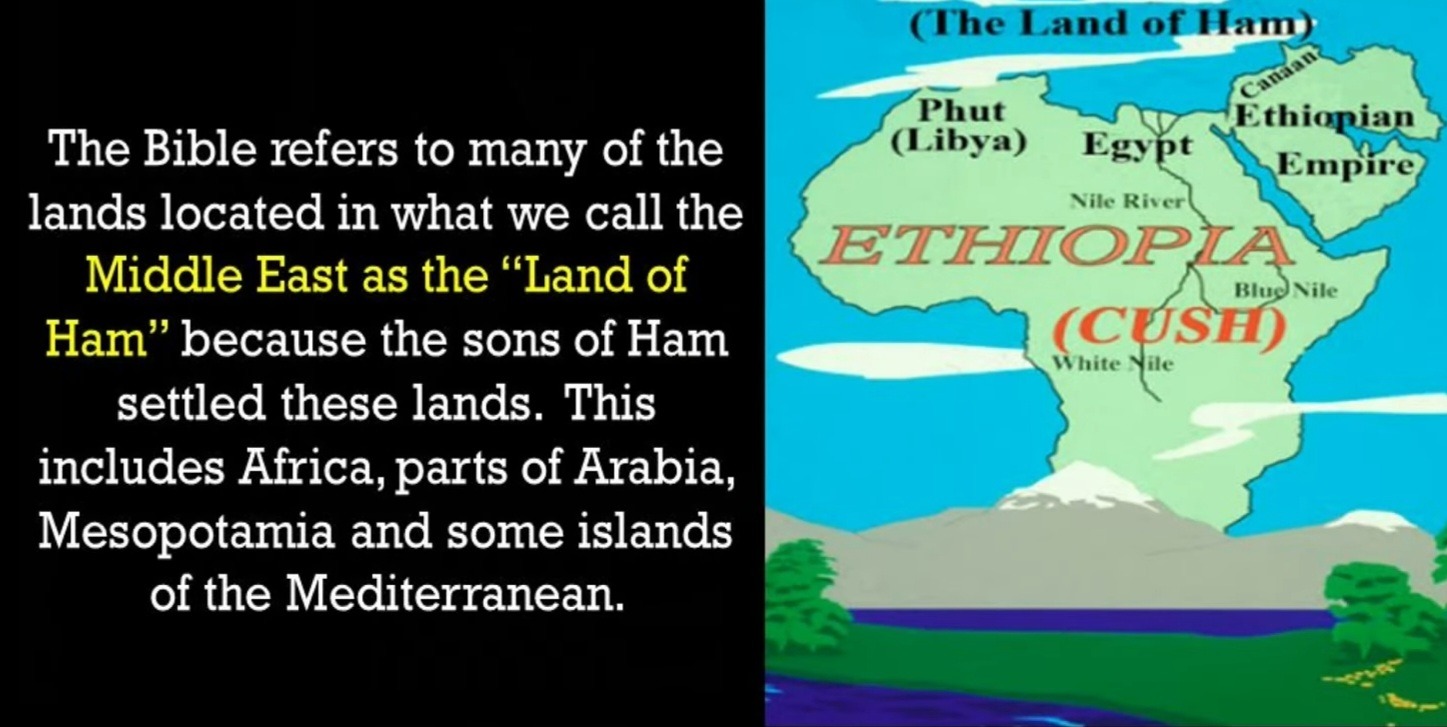
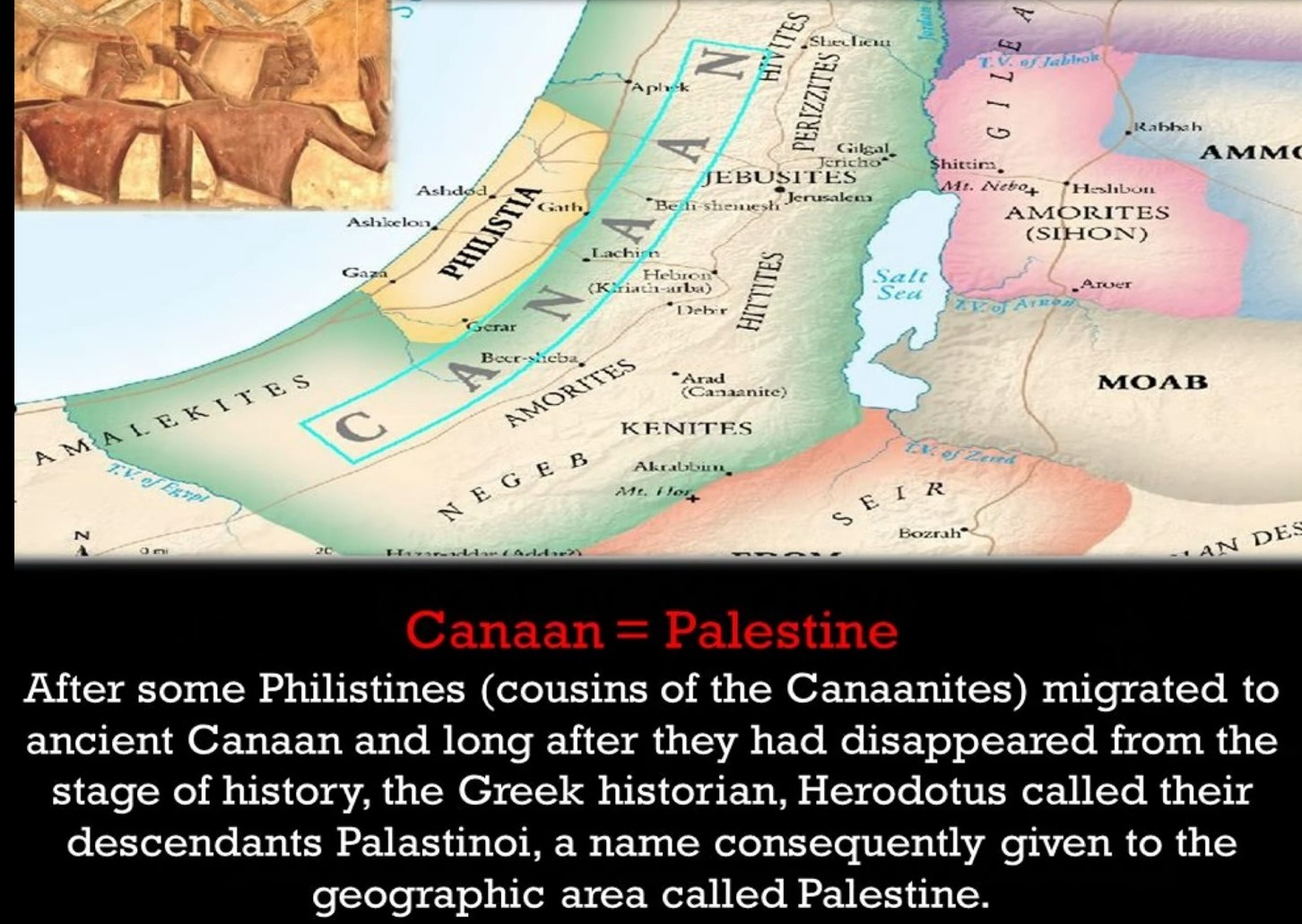

Within the last 500 years Arabized people largely of Syrian, Turkish and other foreign biological origin have intermixed with the original Arabs both within the peninsula and elsewhere and these mixed descendants now occupy a large swathe of the Arabian peninsula from north to south.
Nevertheless, before that period, and in pre-Islamic times, the Arabian region had rested relatively undisturbed by foreign intrusion and settlement (except for some settlement of Partho-Scythian merchants in the south around the coasts).
Well into medieval times the peninsula was still considered part of "Sudan" or else "India", and the people living there are mentioned by the important Arabic-speaking authors, including Syrian, Chinese, North African and Andalusian-descended Muslims as African in appearance. Al-Dhahabi of Syria wrote in his Siyar al Nubalaa' that the Hijaz was noticeably lacking in people who were fair-skinned and that individuals who were fair were thought to be of partial slave descent from Syrians, Byzantium or Persia. Ibn Mandour- a North African of the 14th century and others also claimed most Arabs were dark brownish-black and kinky haired and tended to look down on fair-skin and straight or lank hair, as it was then seen as characteristic of "slaves" (Ibn Mandour, Lisaan al Arab IV:209).
In this same era Ibn Khaldun mentions Arabia as one of his zones of Bilad as Sudani in his book, "Muqaddimah". He wrote "The first and second zones are excessively hot and black, and the sixth and seventh zones are cold and white. The inhabitants of the first and second zones in the south are called the Abyssinians, Zanj and the Sudanese.
The Discovery of Africa | Race & Slavery in the Middle East: An Historical Enquiry
These are synonyms used to designate a particular nation that has turned black" (Muqaddimah: An Introduction to History, Vol. 2, 1967, p. 171, Princeton University Press). Khaldun actually puts the Hadramaut and Yemen in in his 'first zone". While Western India, Ghana, the Tuareg Berber tribes and Central Arabia (Nejd) and the Hijaz were located according to him in the "second zone".
This posting discusses the apparent historical foundations of the folklore of the Bible and Quran, and demonstrates that the Genesis book concerns the chieftains of "Tehom" or Tehama, part of which was also known as “Kush”- in the Asir region, and the peoples of "Israel", "Edom" and "Canaan". It explains the basis of the folkloric history of the clans who carried their Afro-Arabian story of the "children of Noah" or "Noah al-Djurhumi" - called so because of his derivation from the tribe of Djurhum or Hadharme (biblical Hadoram) - throughout the peninsula and outside of the the Arabian region within a period of a couple of thousand years prior to the Christian or Islamic eras

